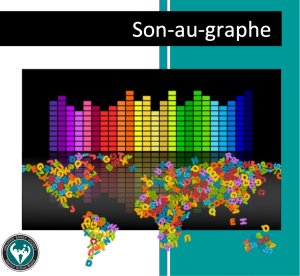In today’s classrooms, educators are increasingly challenged to ensure that every student not only acquires subject-specific knowledge but also develops the foundational literacy skills essential for academic success. For language learners, especially those who struggle with reading and writing, integrating structured literacy practices into junior and intermediate classes is not just beneficial—it is imperative.
Structured literacy is an approach that emphasizes explicit, systematic, and sequential instruction in the building blocks of reading. This method includes phonemic practice that focuses on segmentation and blending, which are crucial for developing accurate word recognition. When students learn to break down spoken words into their individual sounds (segmentation) and then combine those sounds to form whole words (blending), they build a critical bridge from oral language to written text.
Another key component is chunking words when reading sentences. By teaching students to group sounds into coherent clusters or chunks, educators can help them move from laboriously decoding each phoneme to reading fluently. This skill, paired with explicit vocabulary instruction, supports students in not only decoding words but truly comprehending the text they read.
Research has long underscored the importance of this approach. For instance, the work of Anita Archer advocates for explicit methods in teaching reading strategies, demonstrating that systematic instruction leads to substantial improvements in literacy development. Furthermore, the simple view of reading—first articulated by Gough and Tunmer—posits that reading comprehension is the product of two critical components: word recognition and language comprehension. In mathematical terms, it is often expressed as:
This equation reveals an important insight: if either word recognition or language comprehension is weak, overall reading comprehension suffers. Unfortunately, many teachers at the junior and intermediate levels assume that students already possess robust literacy skills, expecting high-level inquiry and critical thinking in all subjects. However, without a solid foundation in structured literacy, these expectations may fall short for those who have not mastered their basic reading skills.
The challenge is even more pronounced in diverse classrooms, where language learners and struggling readers face additional hurdles. Integrating structured literacy into everyday lessons not only bolsters reading and writing but also supports subject-specific learning. When foundational skills are in place, students are better positioned to engage in the high-level analysis and inquiry that their subjects demand.
To bridge this gap, see the ready-to-use resources for an integrated lesson designed for a Grade 5 science class on human body systems. These materials are crafted to illustrate how structured literacy strategies can be woven into content areas, ensuring that students build both content knowledge and literacy skills simultaneously. By incorporating activities that focus on phonemic awareness, explicit vocabulary instruction, and careful word chunking within the context of a science lesson, teachers can create a richer, more accessible learning experience.
I have also added a word-work sheet to use with students who require more 1:1 time in segmenting the sounds in a word, writing each grapheme, blending the sounds to read the word, and finally writing the word they have heard.
In conclusion, structured literacy is not simply an instructional strategy—it is a vital component in the academic success of language learners and struggling readers alike. By emphasizing segmentation, blending, and chunking alongside vocabulary and comprehension instruction, educators can ensure that students have the robust foundation they need to meet higher academic expectations. Empowering students with these essential skills establishes a pathway for lifelong learning and academic achievement.


